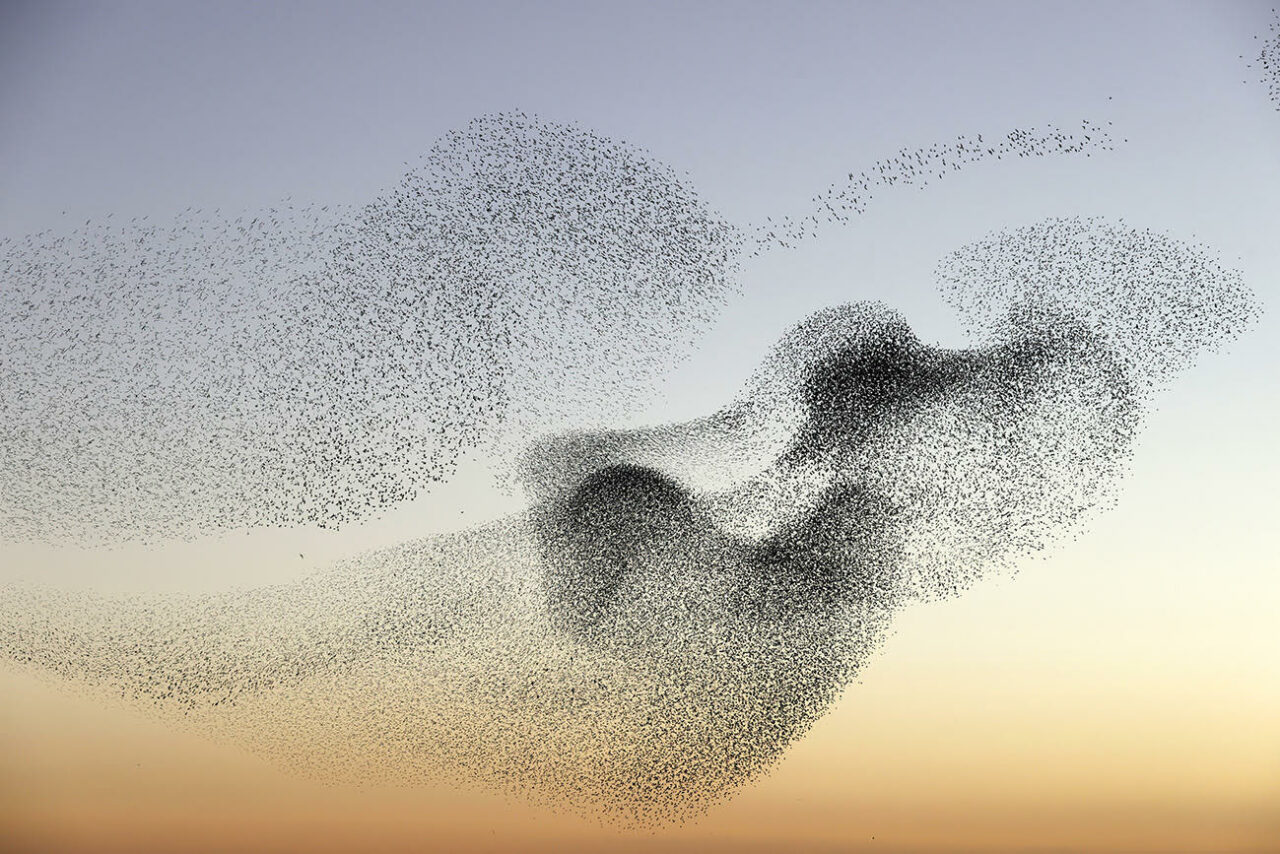13:00
How to Count States in Gravity
Abstract
In this talk we will construct a basis of quantum gravity states by cutting the Euclidean path integral. These states are made by inserting heavy dust shell operators on the asymptotic boundary. We will use this basis to resolve two puzzles :
(1) The two boundary gravity Hilbert space seemingly does not factorise, which is in tension with holography.
(2) Gibbons and Hawking proposed the gravity thermal partition function is computed by the euclidean path integral with a periodic time boundary condition. Why is does this perform a trace over gravity states?
To resolve these puzzles we will introduce some tricks that simply the evaluation of the gravity path integral in the saddle point approximation.
Road closures that will happen just after Gate 7 from 14th July for 2.5 weeks, possibly 3 weeks:
There will be pedestrian access down the side of maths to the East west link (next to Somerville)
No pedestrian access down past Gibson/ Harkness/ GTC during this time
Vehicle access will still be available from Gate 7 to car lifts and the revolving maths doors/ disabled parking
Image: Emily Pryor - Roadworks
13:30
Generalised symmetries and scattering amplitudes
Abstract
In this talk we review some recent applications of generalised symmetries to scattering amplitudes. We start in 4d by describing the connection between spontaneously broken higher-form symmetries and soft theorems for scattering amplitudes of the associated Nambu-Golstone bosons, and show a new soft theorem for theories with a so-called 2-group symmetry. Then, we switch gears and consider non-invertible symmetries in 2d theories. We show that the standard form of the S-matrix is incompatible with the non-invertible symmetry, and derive new S-matrices satisfying a modified crossing symmetry.
Junior Strings is a seminar series where DPhil students present topics of common interest that do not necessarily overlap with their own research area. This is primarily aimed at PhD students and post-docs but everyone is welcome.



